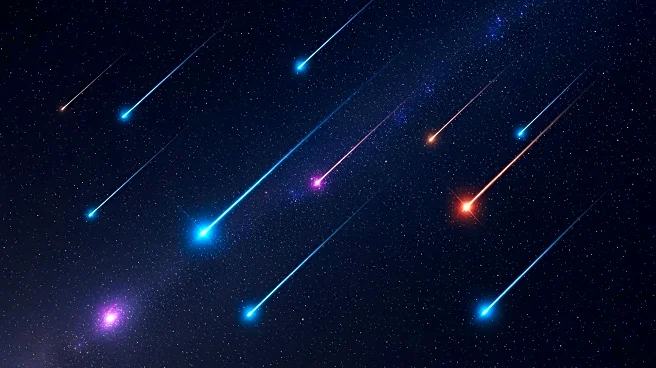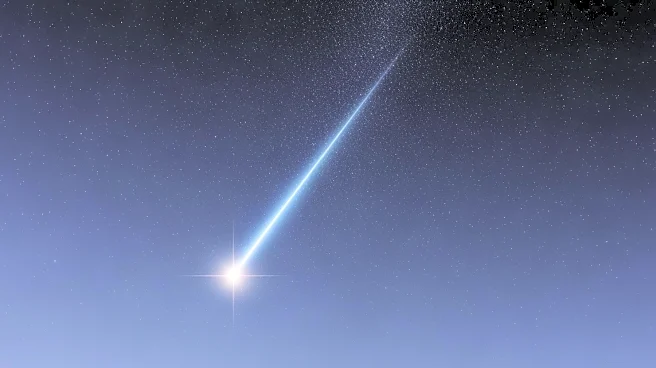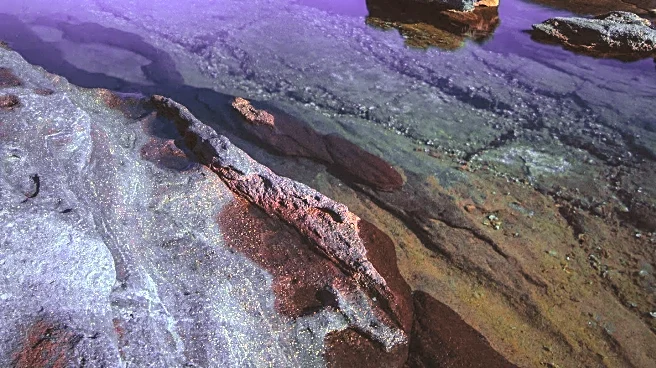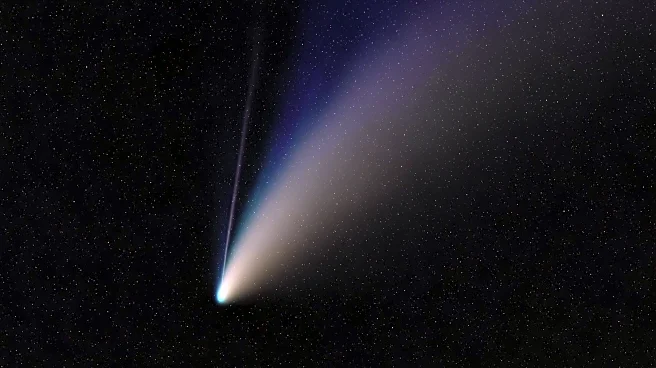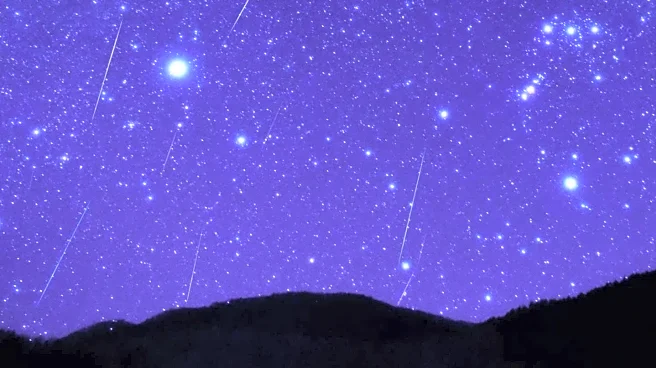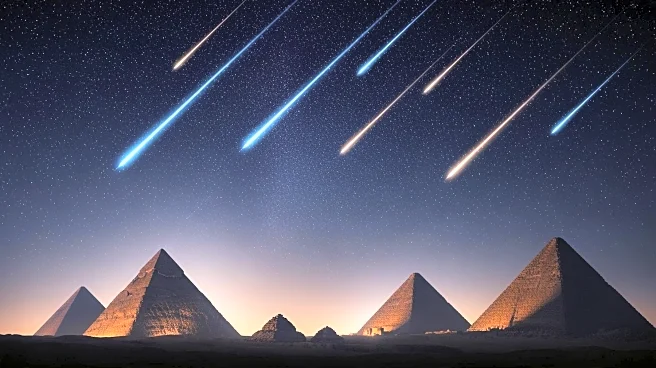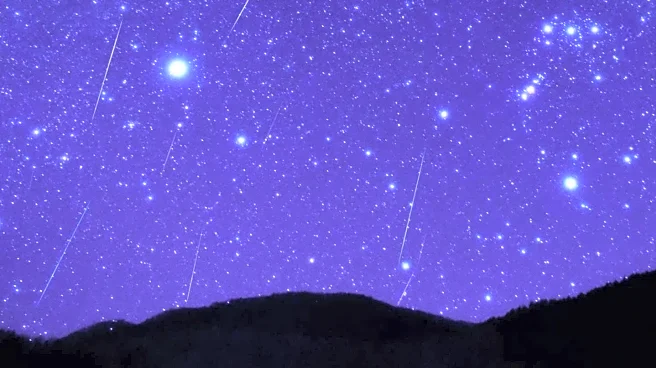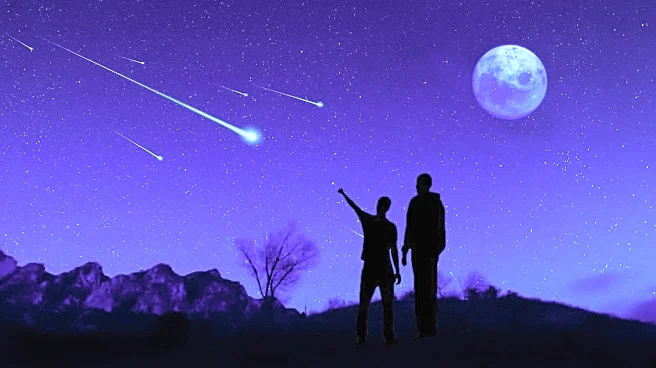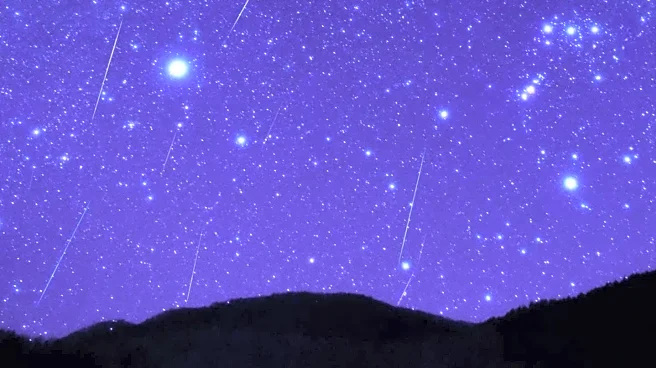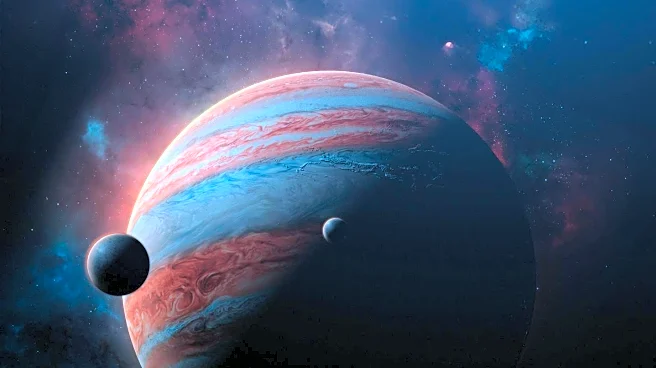What's Happening?
The Southern Taurids meteor shower is set to peak on the evening of November 4 to November 5, according to the American Meteor Society. This celestial event is caused by debris from the comet 2P/Encke,
which has a nucleus diameter of just under three miles. As Earth passes through Encke's debris trail, the 'comet crumbs' heat up upon entering the atmosphere, creating bright bursts of light known as fireballs. The Southern Taurids are visible from almost anywhere on Earth, except Antarctica, and are best observed around midnight. The shower appears to originate from the constellation Taurus.
Why It's Important?
Meteor showers like the Southern Taurids offer a unique opportunity for astronomical observation and public engagement with science. They can inspire interest in space and science education, potentially influencing future generations of scientists and astronomers. Additionally, such events can boost local economies through tourism, as enthusiasts travel to optimal viewing locations. The visibility of bright fireballs can also serve as a reminder of the dynamic nature of our solar system and the ongoing interactions between celestial bodies.
What's Next?
Following the Southern Taurids, the Northern Taurids meteor shower is expected to peak on November 11 to November 12. This provides another chance for sky watchers to observe bright fireballs. As these events unfold, astronomers and enthusiasts will continue to monitor and document the showers, contributing to scientific understanding of cometary debris and atmospheric interactions. Public interest may lead to increased educational outreach and community events centered around astronomy.
Beyond the Headlines
Meteor showers like the Taurids highlight the importance of preserving dark skies, free from light pollution, to ensure optimal viewing conditions. This underscores broader environmental concerns about urbanization and its impact on natural phenomena. Additionally, the study of meteor showers contributes to our understanding of cometary behavior and the history of our solar system, offering insights into the formation and evolution of celestial bodies.
